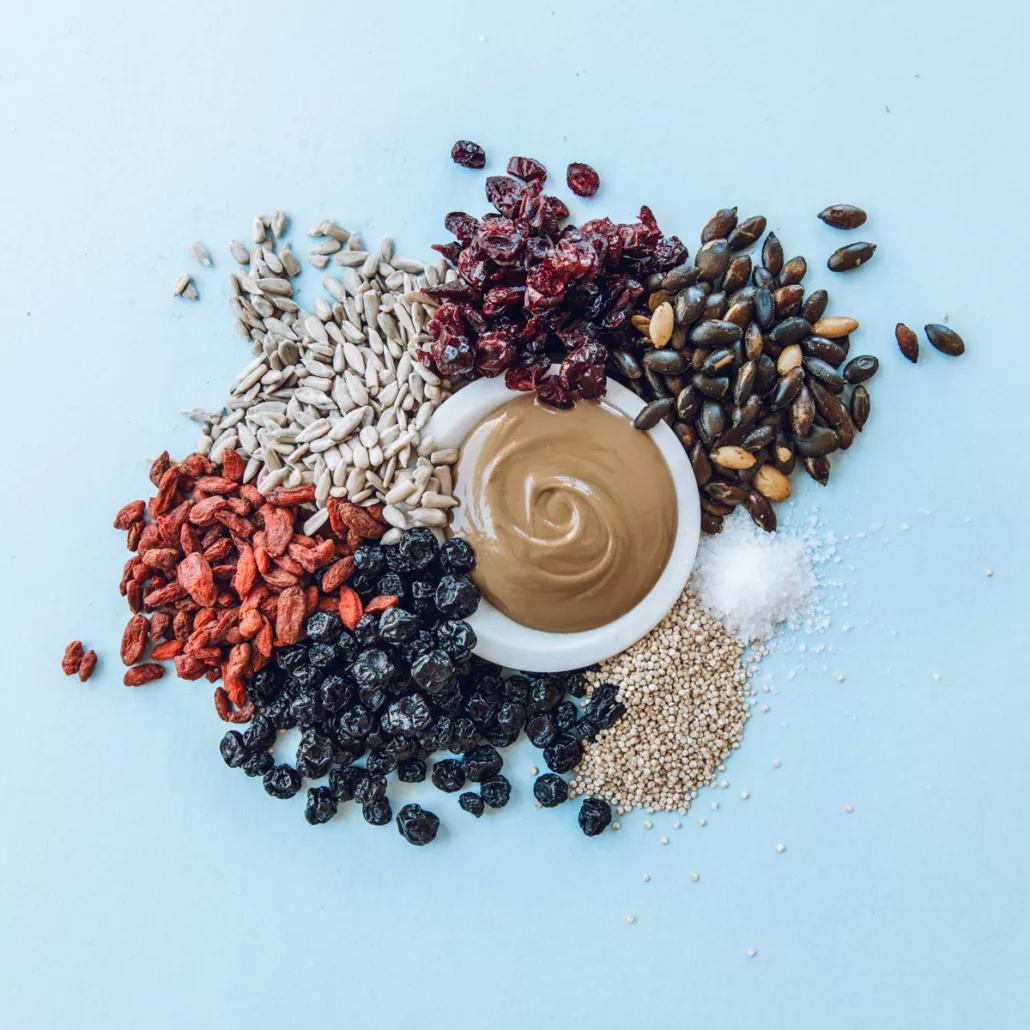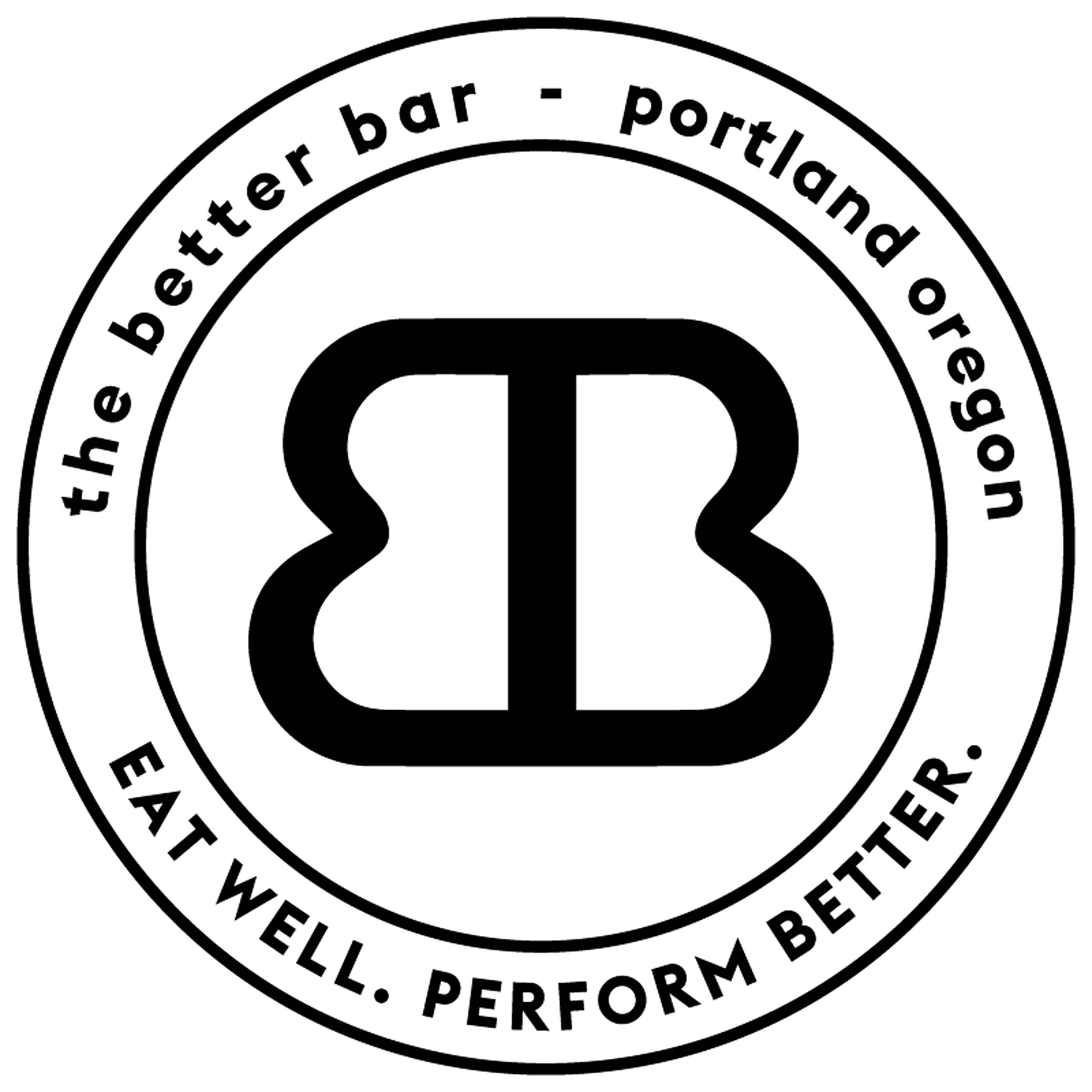31 Mar Are the energy bars you’re choosing actually healthy?
As we ease into a new Spring season, we strive to be our best selves. It can be tricky to navigate through all the conflicting information that’s out there on healthy food. Energy bars seem to be a convenient option everywhere you go, but which ones can you trust? While many people enjoy them because they’re a quick way to add protein and other nutrients for a busy, active lifestyle, it’s important to know that not all protein bars are created equal.
So with all that in mind, you may be thinking– well, where do I start? What should I be looking for when deciding on a healthy, clean energy producing bar? Well, let me be your energy bar guru.
The Breakdown
Given the wide variety of different bars on the market, some energy bars have an excessive amount of sugar, calories, and additives. Basically, the more additives in a bar, the less likely the bar is to deserve a healthy moniker.
Soy Protein Isolate (SPI) is among one of the most common ingredients out there in protein and energy bars. When people see the word “soy” they believe it to be a trusted ingredient. However, when you dig deeper, it may not be so trustworthy afterall. SPI generally is lower in isoflavones, a plant-based compound typically found in soybeans. Because of this, SPI doesn’t provide some of the nutrients found in whole soy like fiber and omega-3 fatty acids. Not only is it an ingredient that doesn’t offer that much nutritional value, but the process of isolating soy can leave behind traces of neurotoxins. These neurotoxins, if consumed in larger quantities, can severely disrupt your nervous system.
Another set of ingredients to look out for are artificial sweeteners such as sucralose. These types of ingredients end up doing more harm than good as their sweetness tricks the body into thinking it is receiving some form of energy (sugar), when it’s actually only receiving chemical sweetener. Studies have also shown that an excess amount of sucralose can lead to inflammation and can lower the amount of good bacteria that lives in your microbiome.
Speaking of gut, the next bad guys to look out for are emulsifiers. Many of the emulsifiers that are often used in packaged foods are meant to help bind ingredients and to prolong shelf life. Though not all emulsifiers are bad and damaging to the gut, Monoglyceride is among the many that are. The emulsifiers that contain chemical compounds can thin the mucus lining in the gut which acts as a barrier between the gut bacteria and the intestinal wall. A thinner layer makes the body more susceptible to inflammation and infection.
When you avoid bars with palm oils, soy protein isolate, and “natural flavors”, you’re more prone to reaping the benefits of what you’re actually expecting when making your decision.. A good rule of thumb for choosing a bar is to opt for one that has ingredients that you recognize (and can pronounce!)
Processed? Yikes
One of the harsh realities of technology enhancing more and more each day is that as a society, we’ve sadly traded local, artisanal processing for factory, industrial processing. The problem with industrial processing is that it actually diminishes the quality of the food which then makes it less nutritious and digestible. Extruders, the machines that are usually responsible for this procedure, mash and ground the ingredients in the bars with extreme pressure. The extreme pressure causes extremely high temperatures which then eliminates all enzymes and leaves the foods completely void of any nutrients leaving you with some sugar, calories, carbs… and not much else. This means that even if they have clean ingredients, you’re not reaping the benefits that the bar promises.
Like we have learned, knowing what ingredients to avoid can either set you up for success or run you down. However, I believe it’s equally as important to be knowledgeable of companies that are using the extrusion process to make their products. The truth of the matter is that some bars are disguised as healthy, energizing snacks when in actuality, they’re just junk food that can be detrimental to your health. Distinguishing the difference boils down to what’s inside and how they’re made.
The Bottom Line
It turns out the advice of eating nutrient-rich, whole foods for your overall well-being also applies to keeping your energy levels high. With whole, real foods you don’t have to subject yourself to the processed foods rollercoaster– including changes in your mood, motivation, and energy levels every couple of hours. Because whole foods are so incredibly satiating and are typically less calorie-dense than processed food– this would explain why they’re so vital in our diets. At the end of the day, your body runs off of what you feed it.
Here at The Better Bar, we believe you shouldn’t have to sacrifice your health for a convenient snack. With our raw-pressing approach and additive-free ingredients you can trust, we can rest easy knowing we’re providing you all with the best of the best.



